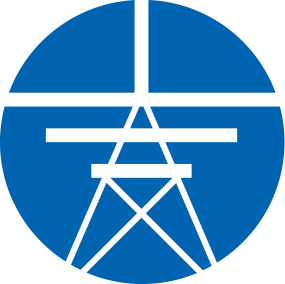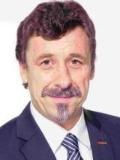Black start and grid restoration
General
The grid collapse in Italy in 2003 and the separation of the continental European transmission grid in 2006 led to an intensification of research and testing activities in the field of black start capability and grid restoration. The grid restoration strategies for the Austrian electricity grid focus on hydroelectric power plants in Salzburg and Carinthia, where the large number of black start-capable plants offers several options for establishing an island grid. The process and organisation of grid restoration is regularly practised in large-scale black start and grid restoration tests. The Institute for Electrical Energy Systems (IEAN) cooperates with Austrian grid and power plant operators as a scientific partner in the planning and final analysis of these tests. The institute's focus is on improving voltage and frequency stability in the early stages of grid restoration and evaluating the potential opportunities and challenges of parallel grid restoration with multiple islands.
Evaluating frequency stability
The grid islands in the early phase of grid restoration have only a small number of synchronised generators, which leads to a high rate of change of frequency (ROCOF). It is therefore important to investigate ways of stabilising the grid frequency in order to ensure safe and rapid grid restoration and to avoid unwanted frequency-related shutdowns.
Figure 1: Measurement of frequency and power in an island grid during a 7 MW load step with evaluation of the contribution of rotating energies
One solution is to increase the response speed of the turbine controller. The institute's work in this area focuses on the creation of suitable controller models for the simulation-supported investigation of various generator and controller configurations.
Decentralised grid restoration
The large number of power stations, mainly hydroelectric power stations, with confirmed black start capability in the Austrian transmission and distribution grid offers the possibility of a decentralised grid restoration strategy. One challenge here is the synchronisation of the individual grid islands. Another issue after synchronisation is the controlled transfer of frequency control between different machines.
Future challenges and opportunities
Speed-controlled generator sets are increasingly being used in current hydropower projects. This change in technology also affects black start and grid restoration strategies, as decoupling the generator speed from the grid frequency means that the positive effects of the additional rotational energy and torque-speed behaviour of pumps for stabilising the island frequency are no longer inherently available. However, more complex frequency control strategies can be implemented using appropriate control concepts for the converters.
Future research in the field of optimal grid restoration will therefore focus on the following topics:
- Optimal provision of virtual rotational energy
- More efficient use of rotational energy in island operation
- Operational possibilities of frequency decoupling between the grid and generator/pump units
Addressing these issues requires interdisciplinary expertise at the system level.
Projects

